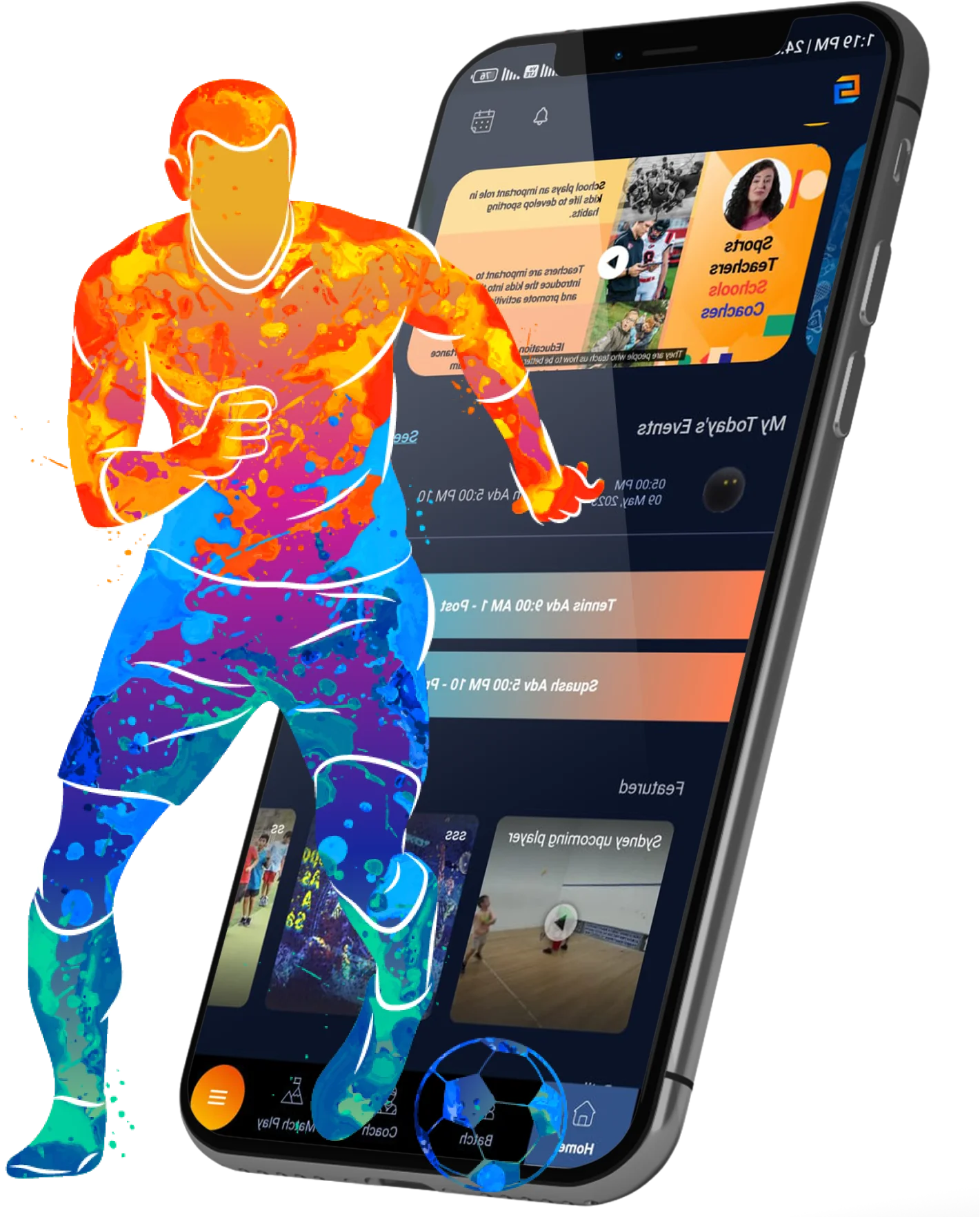Most performance apps for athletes stop at tracking workouts. But for high-performance athletes and their teams, this is just the tip of the iceberg.
A real athlete performance hub goes deeper—into data that actually predicts recovery, risk, and readiness.
Whether you’re building a custom app or evolving your current system, here’s what the pros are tracking (and automating) to get an edge.
1. Sleep Quality & Recovery Data
Sleep isn’t just a wellness metric—it’s one of the strongest indicators of recovery and injury risk.
- Use integrations with wearables like WHOOP or Oura Ring to collect HRV, resting heart rate, and sleep stages.
- Automate red flags: less than 85% recovery score = alert coach + adapt training load.
📚 Further Reading: Sleep and Athletic Performance – NIH
2. Body Composition Metrics
Weight alone doesn’t reflect performance. Metrics like fat-free mass, hydration, and muscle symmetry are key.
- Sync InBody or Dexa Scan data into your athlete dashboard.
- Alert if muscle imbalance exceeds preset thresholds.
📚 Further Reading: InBody Composition Analysis
3. Mental Load & Subjective Fatigue
Top athletes burn out mentally before they hit a physical wall. Capture this early:
- Use quick in-app surveys (e.g. 1–5 scale) to track mood, motivation, and perceived exertion.
- Automate flags when self-reported fatigue diverges from workload.
📚 Further Reading: Psychological Monitoring in Sport – ScienceDirect
4. Nutrition & Hydration
Diet affects energy, recovery, and immune function. A performance hub should:
- Let athletes log meals or sync data from tools like Cronometer
- Alert staff when caloric intake doesn’t match expenditure
📚 Further Reading: IOC Consensus Statement – BMJ Journals
5. Health Resource Management & Support Staff Scheduling
Managing performance also means managing people.
- Automate scheduling and reminders for physiotherapy, massage, psychologist or support meetings
- Track interactions + notes inside the platform
📚 Further Reading: What is Health Resource Management in Sports Teams – ResearchGate
6. Contextual Load & Travel Stress
A 2-hour workout at sea level isn’t the same as one at altitude or during back-to-back games.
- Include GPS, altitude, travel logs, and subjective energy data
- Adjust recovery protocols dynamically
📚 Further Reading: Travel Fatigue in Athletes – Frontiers in Sports
Want to Build One?
At OCTAGT, we design and build custom performance hubs that track what really matters for elite athletes and their teams.
🚀 Need help building your athlete performance platform? Book a discovery call and let’s design your stack.
 August 4, 2025
August 4, 2025 
